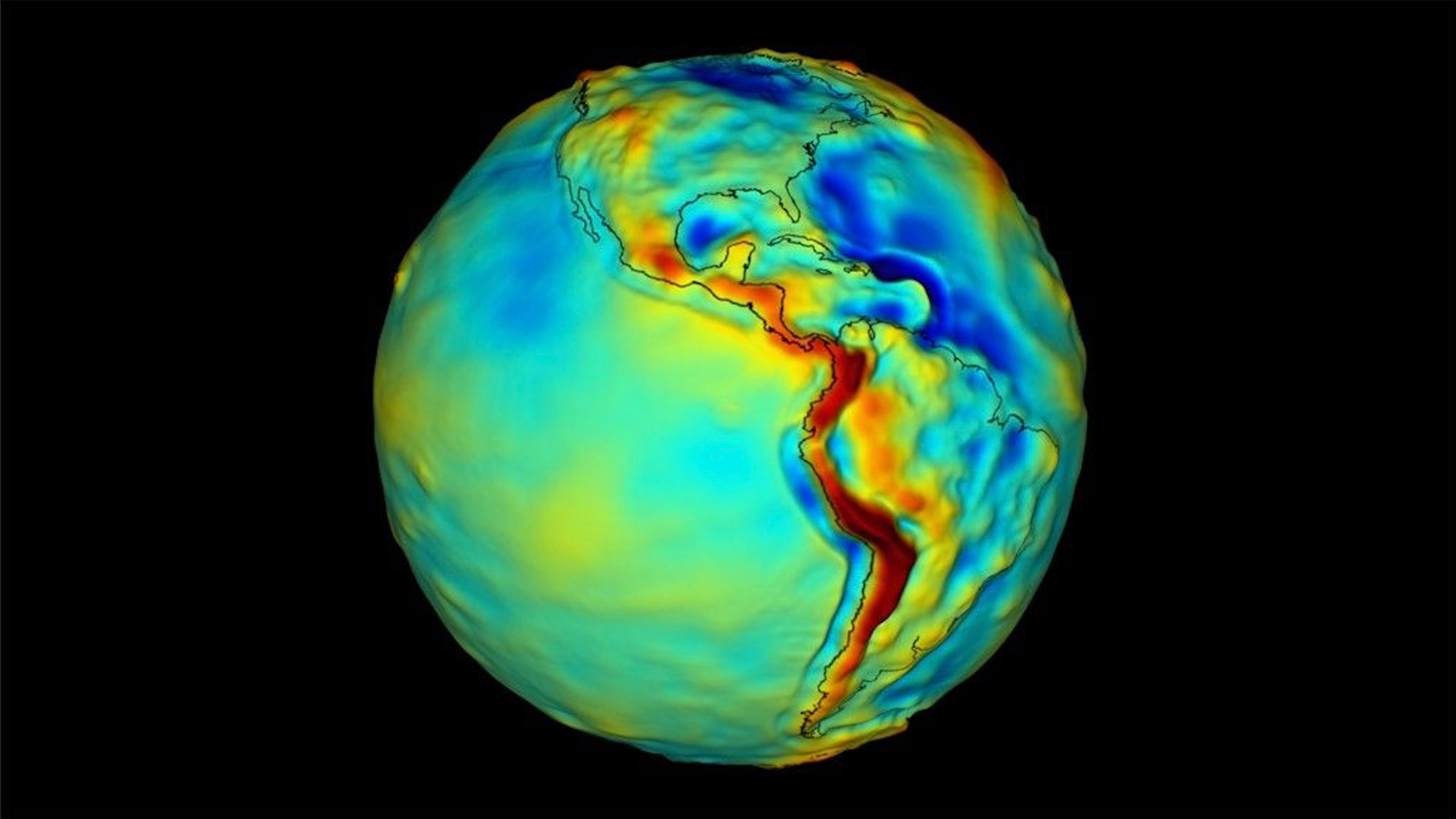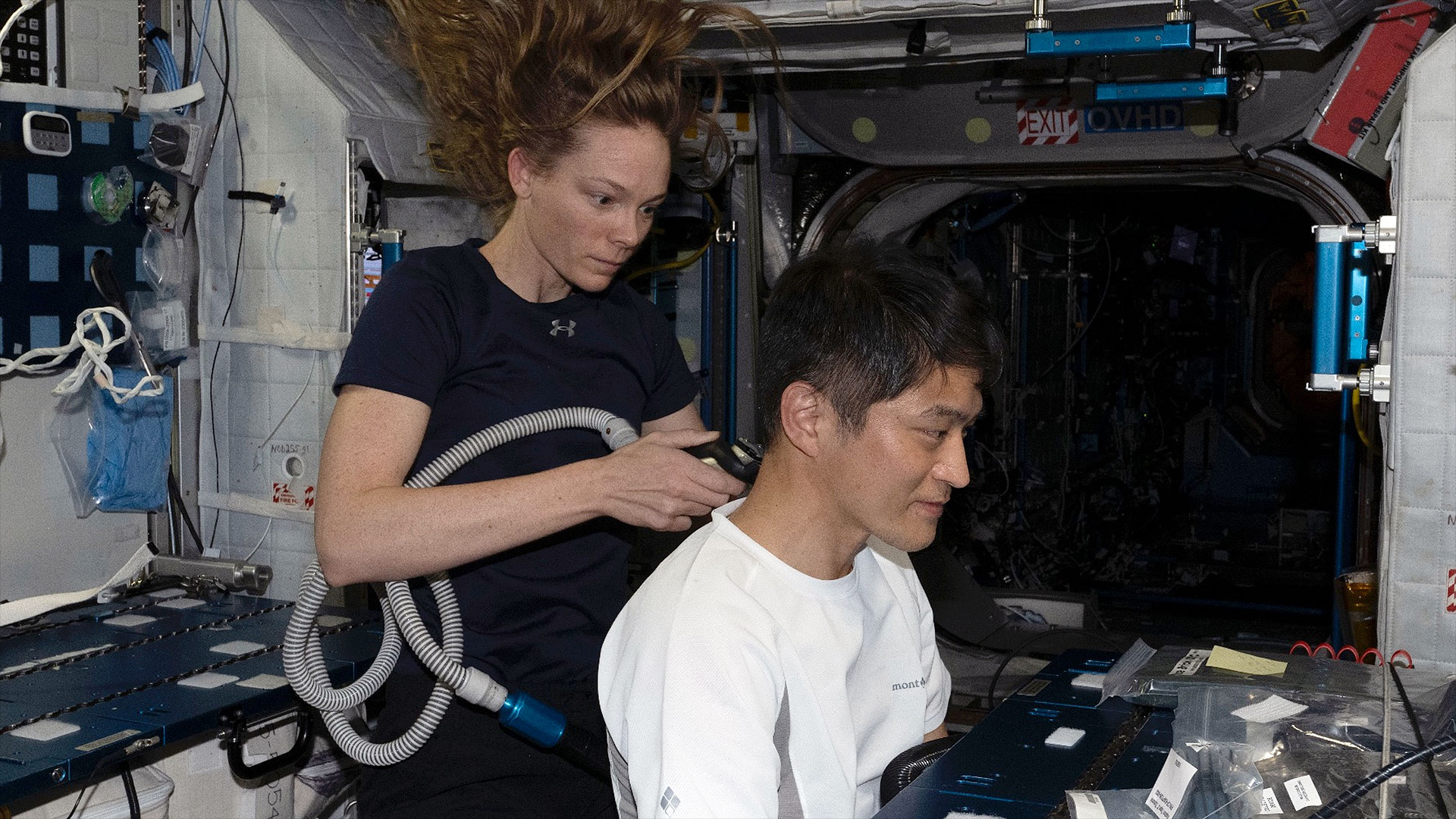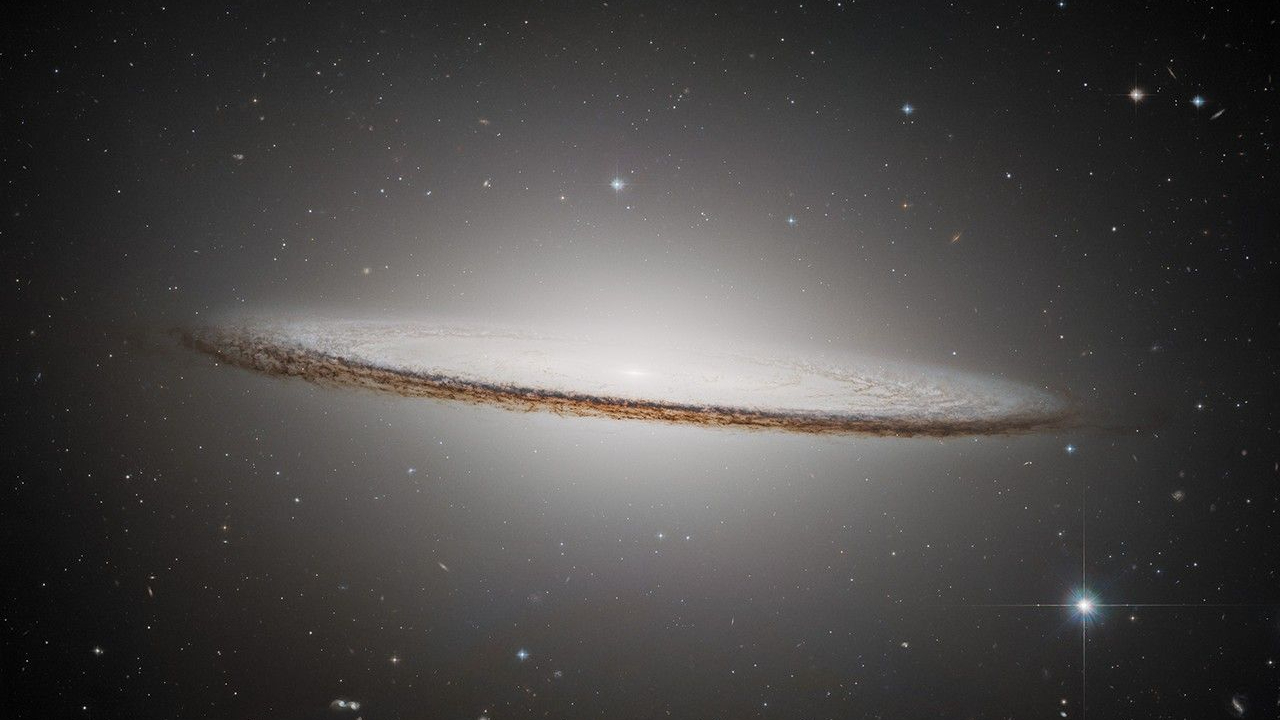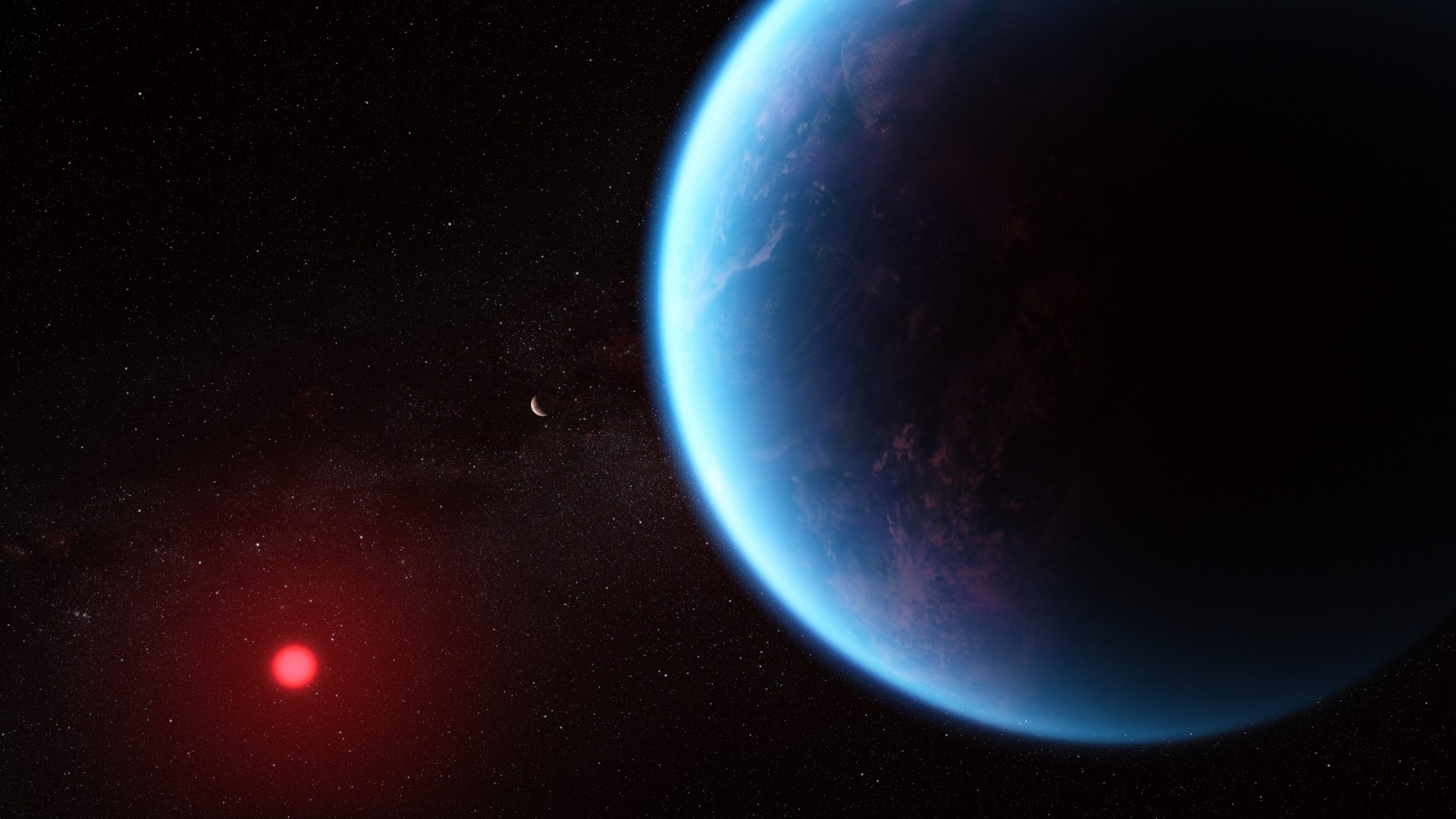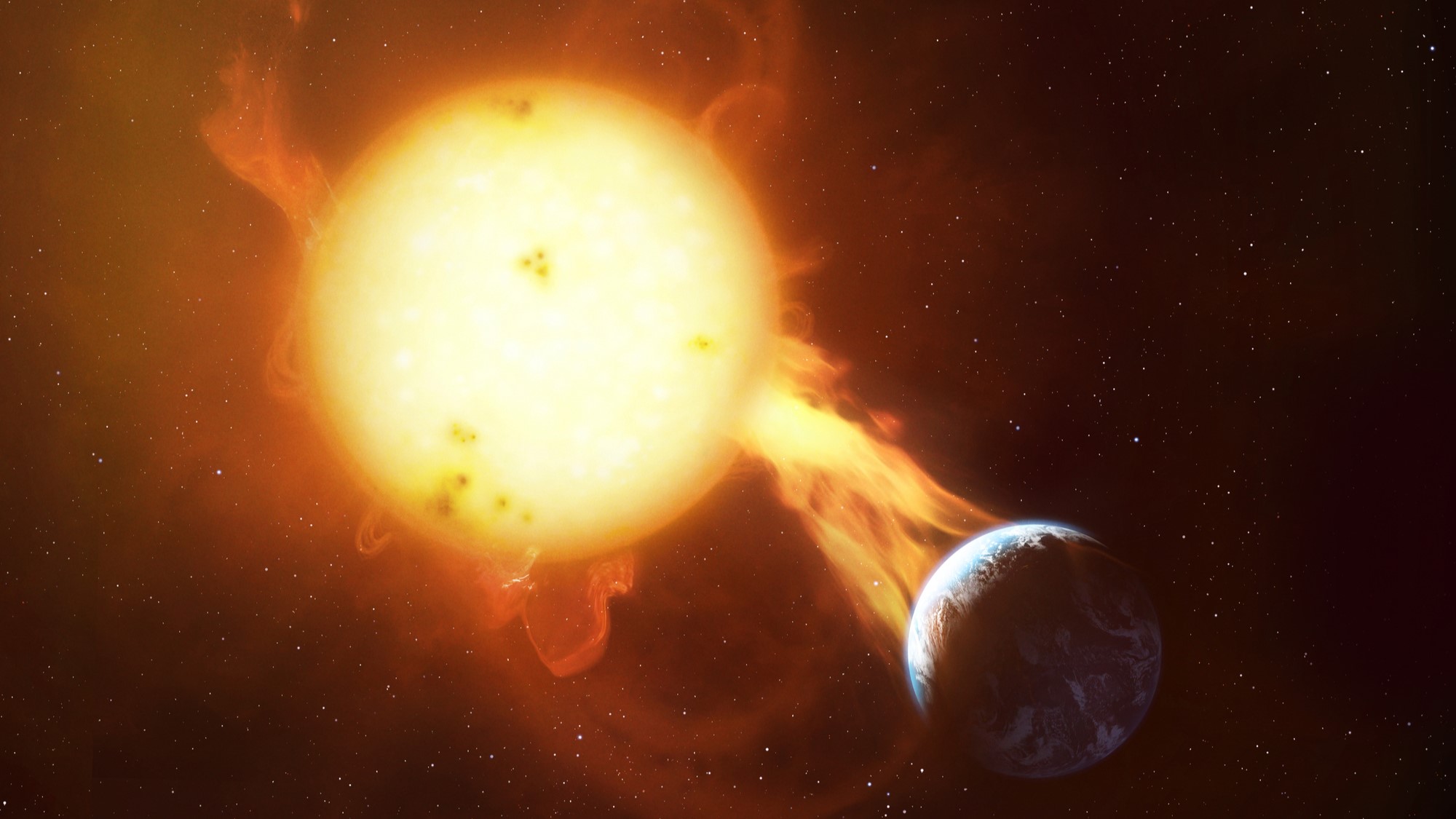The W boson caused a particle mystery — but scientists have cracked the case
Large Hadron Collider has ended W boson fever. "We have to search for new physics elsewhere," one researcher says.
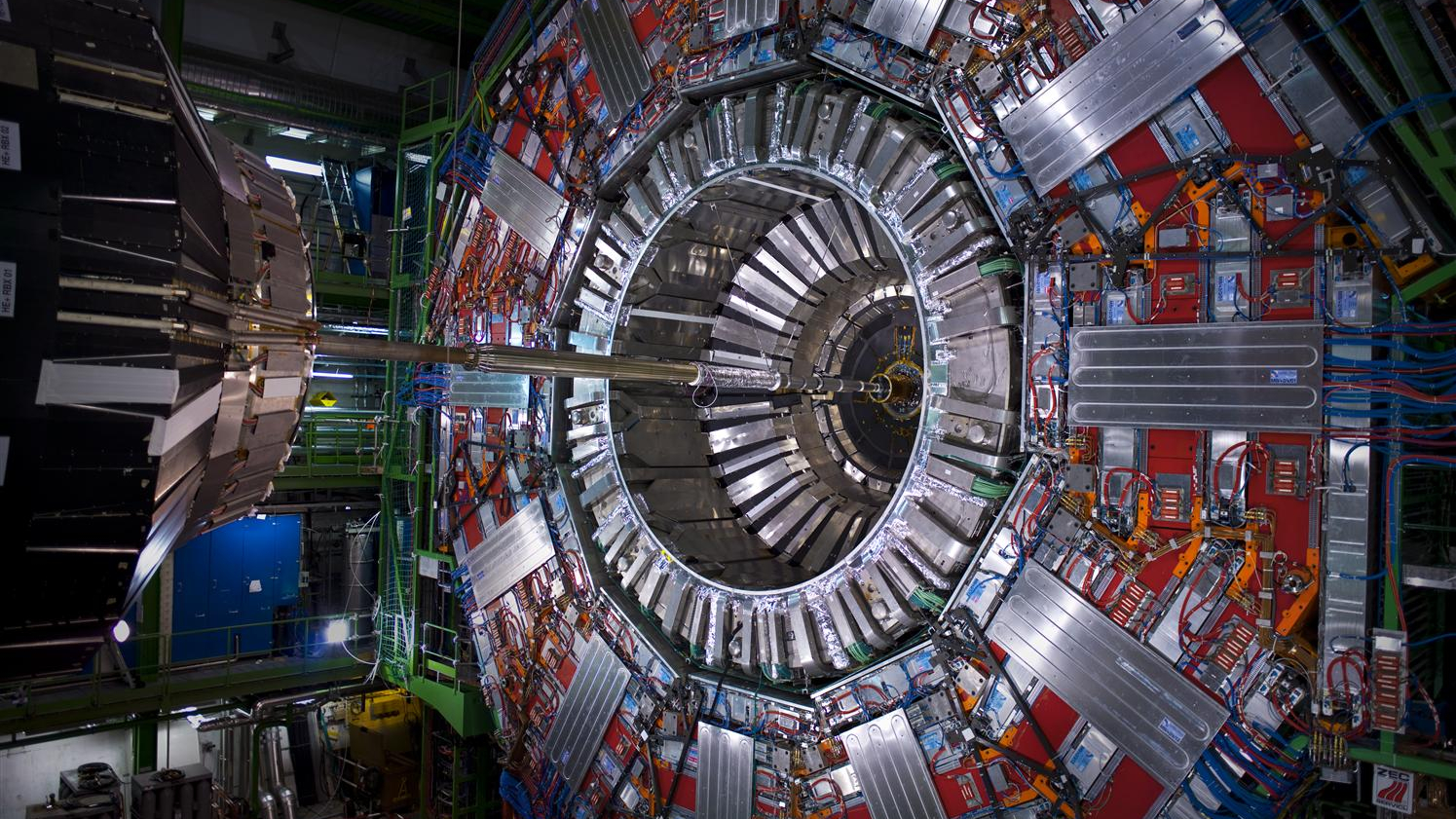
The mass of the W boson particle has been found by the Large Hadron Collider to be exactly what the Standard Model of particle physics predicts it to be, contradicting earlier results from Fermilab that hinted at a different mass and, therefore, the potential for new physics.
While the discovery further cements the Standard Model as our best depiction of the particle world, scientists had been hoping that their model was actually wrong, and that the discrepancy in the mass of the W boson could point the way to new theories that might explain puzzles such as the identity of dark matter, which accounts for 85% of all the matter in the universe yet remains effectively invisible to us.
Bosons are fundamental particles that carry the forces of nature. The strong force that binds quarks together inside protons and neutrons is carried by a boson called the gluon, the electromagnetic force's boson is the photon, and the weak force, which is responsible for radioactive decay, has three bosons: W+, W– and the Z boson.
Measuring the masses of these particles is tricky, because they have an incredibly fleeting existence before they decay into other particles. So, with their best efforts, physicists first create the bosons by colliding beams of protons traveling at almost the speed of light inside a particle accelerator. For example, at the LHC, the protons collide with a total energy of 13 trillion electronvolts (eV). Upon collision, the protons are forced to smash apart into other particles, some of which are bosons (this is how the Higgs boson, which carries the Higgs field that pretty much gives everything its mass, was discovered at the Large Hadron Collider). The bosons themselves then also decay, and the best way to measure their mass is to combine the masses of all the particles that the decaying bosons produce.
Related: How the Large Hadron Collider's successor will hunt for the dark universe
Bosons decay into particles called leptons (or antileptons), which are electrons, muons or tau particles (a lepton is defined by a half-integer spin, so 1/2 or 3/2). The Z boson decays into two further particles called muons, which are relatively easy to measure. This is, in fact, why the Z boson's mass is well-known, with a value of 91,187.6 MeV and an error margin of ± 2.1 MeV (million eV).
The W+ and W– bosons, however, decay into a lepton (or antilepton) plus a neutrino, and that’s where the problem lies.
Get the Space.com Newsletter
Breaking space news, the latest updates on rocket launches, skywatching events and more!
Neutrinos are very slight, elusive particles that can zip through detectors like ghosts. Trillions of neutrinos are even running through your body right now, but you can't tell. That's why it takes a cubic kilometer of ice laced with photomultiplier tubes at the IceCube Neutrino Observatory at the South Pole to detect them. The Large Hadron Collider can detect neutrinos as well, but it has only acquired this capability recently via two detectors, FASER (the Forward Search Experiment) and SND (Scattering and Neutrino Detector). The LHC announced its first neutrino detections in August 2023.
The Standard Model predicts that the mass of the W+ and W– bosons is 80,357 MeV, ± 6 MeV, based on a theory that combines the electromagnetic force with the weak force, called "electroweak theory." However, in 2022, physicists who re-analyzed old data from 2011 (produced by Fermilab's Tevatron particle accelerator in Illinois, USA) determined a W boson mass of 80,433 MeV, ± 9 MeV. This took the W boson mass out of the range of the Standard Model. If it was correct, then it implied new physics such as "supersymmetry" (which posits that every particle in the Standard Model has an additional, much more massive counterpart) and Quantum Loop Gravity (which describes how the fabric of the universe might be made of tiny quantum loops). As a result, the physics world became very excited by the possibilities.
Alas, it was not to be.
In 2023, the LHC's ATLAS experiment measured the mass of the W boson as 80,360 MeV ± 16 MeV, which is indeed in line with the Standard Model — but given Fermilab's tantalizing findings, there was a concern that ATLAS had some unrecognized systematic error affecting its measurements.
However, new measurements of the W boson's mass have been made by the LHC's Compact Muon Solenoid (CMS) experiment, and are also consistent with the Standard Model, producing a mass of 80,360.2 ± 9.9 MeV. This corresponds to just 1.42 x 10^–25 kilograms.
"Basically, we used a 14,000-ton scale to measure the weight of a particle that has a mass of 1 x 10^–25kg, or about 80 times the mass of a proton," physicist Michalis Bachtis of the University of California, Los Angeles, said in a statement.
Many physicists had of course been hoping there would prove to be a discrepancy in the mass of the W boson, as this would have opened the door for new physics that would be required to explain that discrepancy mass. Taking supersymmetry as an example, this concept could point the way towards explaining dark matter. A leading candidate for dark matter right now is a type of particle called a WIMP, which stands for Weakly Interacting Massive Particle — and a massive, weakly interacting particle would fit perfectly within the confines of supersymmetry. Alas, currently no supersymmetric partners to particles in the Standard Model have yet been found, and the theory of supersymmetry is far from proven.
"Everybody was hoping we would measure it away from the theory, igniting hopes for new physics," said Bachtis. "By confirming that the mass of the W boson is consistent with the theory, we have to search for new physics elsewhere, maybe by studying the Higgs boson with high precision as well."
Nevertheless, confirming the mass of the W boson does open the door to other things. For example, it's possible to use this mass measurement to better judge the strength of the Higgs field, or to better understand electroweak theory. These advancements are options because of the way the CMS measured the W boson mass: by calibrating the energy of the emitted muons with margin of error of just 0.01%, which is orders of magnitude more precise than what had once been thought possible.
"This new level of precision will allow us to tackle critical measurements, such as those involving the W, Z and Higgs boson, with enhanced accuracy," said Ph.D. student Elisabetta Manca, who has been working on this project with Bachtis for 8 years.
So, the Standard Model wins again — but with increasing cosmological mysteries such as dark matter, dark energy and even the Hubble tension, something in our understanding of physics is going to have to break at some point to light the way forward for the world of physics.
The findings are described on CERN's CMS website.
Join our Space Forums to keep talking space on the latest missions, night sky and more! And if you have a news tip, correction or comment, let us know at: community@space.com.

Keith Cooper is a freelance science journalist and editor in the United Kingdom, and has a degree in physics and astrophysics from the University of Manchester. He's the author of "The Contact Paradox: Challenging Our Assumptions in the Search for Extraterrestrial Intelligence" (Bloomsbury Sigma, 2020) and has written articles on astronomy, space, physics and astrobiology for a multitude of magazines and websites.
-
orsobubu electroweak theory, neutrinos experiments, ecc are so weak and contradictorial that all of this mass of false math should be dismissed immediately by anyone with common senseReply -
Torbjorn Larsson It is a nice achievement!Reply
But for new physics the neutrino sector seems more promising, since their mass oscillations doesn't fit withing the standard model and could explain matter/antimatter asymmetry. And e.g. a sterile neutrino extension is a WIMP candidate.
Quantum Loop Gravity
QLG is like MOND, they were non-relativistic proposals in a relativistic physics universe and so has left the competition. Yet they are still mentioned, perhaps for nostalgic reasons.
Physics is based on observations and tests, math is merely a tool for quantifying them.orsobubu said:electroweak theory, neutrinos experiments, ecc are so weak and contradictorial that all of this mass of false math should be dismissed immediately by anyone with common sense
In any case, the article describes observations and tests that show they are correct. One gets away with the impression that these Nobel Prize winning achievements (electroweak theory, neutrino discovery, et cetera) gets the personal goat of the poster.
